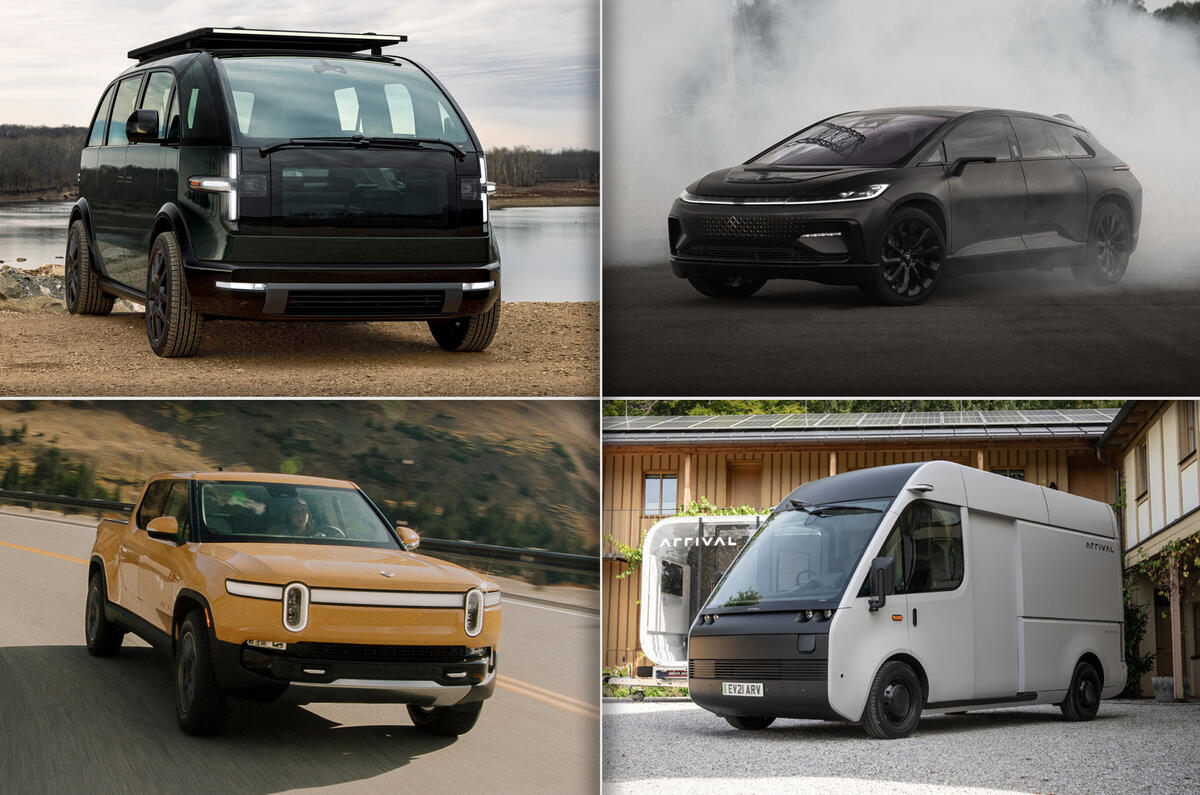Since the emergence of Tesla, the electric vehicle market has blossomed.
Entrepreneurs around the world have examined the Tesla example and decided to create their own new electric vehicle. The idea was simple enough: throw some batteries below the seats, put in a powerful motor or four, design a rakish exterior and elegant interior, and people will flock to your product with wads of cash in their hands.




Add your comment